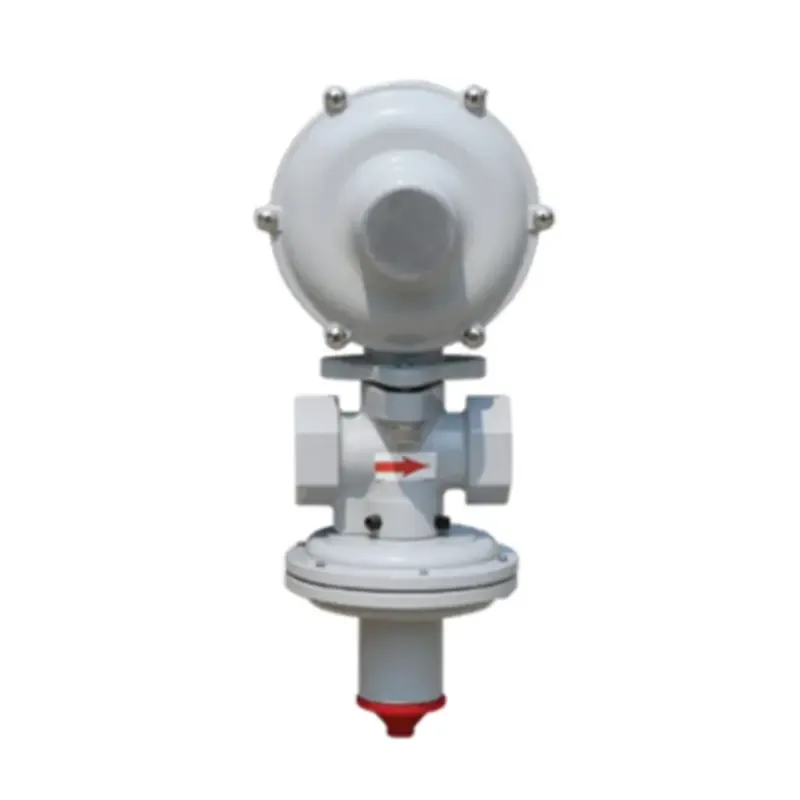
Dec . 11, 2024 11:56
Back to list
pressure reducer
Understanding Pressure Reducers Essential Components for Safe and Efficient Systems
In a world where pressure management is critical across various industries, pressure reducers play a pivotal role in ensuring that systems operate safely and efficiently. A pressure reducer, also known as a pressure regulator, is a device designed to lower the pressure of a gas or liquid. It takes high-pressure input and reduces it to a lower, manageable output level, making it essential for applications ranging from industrial machinery to household gas supplies.
The Importance of Pressure Reducers
Pressure reducers are crucial for several reasons. First and foremost, they enhance safety by preventing overpressure situations that could lead to equipment failure, leaks, or even explosions. In many industrial applications, machines are designed to function within specific pressure ranges. If the incoming pressure exceeds the prescribed limit, it can cause catastrophic damage, endangering both personnel and infrastructure.
Moreover, pressure reducers contribute to system efficiency. For example, in natural gas applications, regulators ensure that the gas is delivered at the correct pressure to appliances, improving combustion efficiency and thereby reducing energy consumption. This not only saves costs but also reduces environmental impact, aligning with global sustainability efforts.
How Pressure Reducers Work
The basic function of a pressure reducer is straightforward. It comprises an inlet, an outlet, a diaphragm, and a spring mechanism. When a high-pressure fluid enters the inlet, it pushes against the diaphragm. The diaphragm’s movement is countered by a spring that determines the desired outlet pressure. As the pressure increases, the diaphragm moves, compressing the spring. Once the set pressure is reached, the valve modulates to maintain this pressure, adjusting as necessary to account for fluctuations in the inlet pressure or the flow rate.
This dynamic adjustment is key to a pressure reducer's performance, making it capable of accommodating varying input conditions while maintaining stable downstream pressure. Advanced pressure regulators may incorporate electronic controls and sensors, which provide real-time monitoring and adjustment capabilities, further enhancing precision.
pressure reducer

Applications Across Industries
Pressure reducers find applications across a wide range of sectors. In the oil and gas industry, they are used to regulate the pressure of gases delivered through pipelines, ensuring safe and efficient distribution. Similarly, in the medical field, pressure reducers are vital for the delivery of gases such as oxygen, ensuring that patients receive the right flow without the risk of pressure-related complications.
In the manufacturing sector, pressure reducers manage the pressure of pneumatic systems, which are common in automation and assembly processes. By maintaining consistent pressure, these devices improve the reliability and performance of machinery, resulting in higher production rates and reduced downtime.
Choosing the Right Pressure Reducer
Selecting the appropriate pressure reducer involves several considerations. Key factors include the type of fluid being regulated (gas or liquid), the required output pressure, the inlet pressure range, and the flow rate. Additionally, materials of construction must be compatible with the fluid to prevent corrosion or contamination. In high-demand applications, redundancy might be necessary to ensure continuous operation in the event of a failure.
Maintenance is also a crucial aspect of pressure reducer management. Regular inspections can help identify wear and tear, leaks, or malfunctions before they lead to more significant issues. Some advanced models feature diagnostics and alerts, allowing for proactive maintenance and ensuring optimal performance.
Conclusion
In conclusion, pressure reducers are indispensable components in modern engineering and industrial applications. Their ability to control and stabilize pressure not only ensures safety but also enhances operational efficiency. As industries continue to evolve, the importance of sophisticated pressure regulation systems is set to grow, underscoring the need for ongoing innovation and technical advancements in this field. Understanding their function and significance will help businesses make informed decisions about their pressure management needs, ultimately contributing to safer and more efficient operations.
Next:
Latest news
-
Safety Valve Spring-Loaded Design Overpressure ProtectionNewsJul.25,2025
-
Precision Voltage Regulator AC5 Accuracy Grade PerformanceNewsJul.25,2025
-
Natural Gas Pressure Regulating Skid Industrial Pipeline ApplicationsNewsJul.25,2025
-
Natural Gas Filter Stainless Steel Mesh Element DesignNewsJul.25,2025
-
Gas Pressure Regulator Valve Direct-Acting Spring-Loaded DesignNewsJul.25,2025
-
Decompression Equipment Multi-Stage Heat Exchange System DesignNewsJul.25,2025

